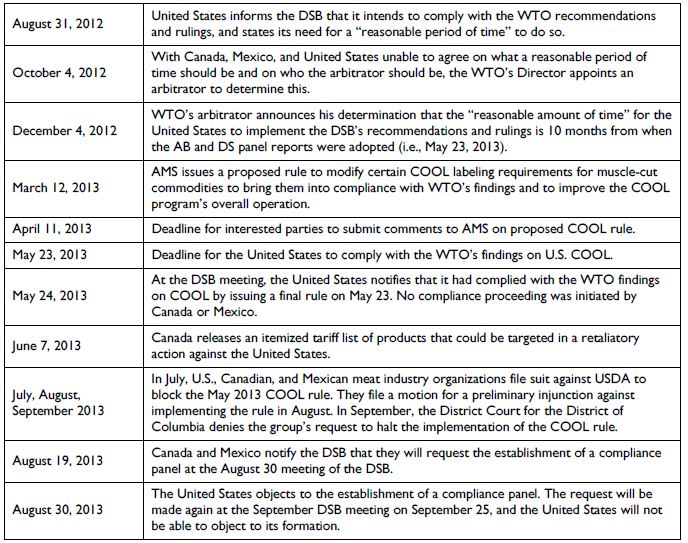I ran across this fascinating paper entitled "Do Prices and Attributes Explain International Differences in Food Purchases" by Pierre Dubois, Rachel Griffith, and Aviv Nevo that is forthcoming in the American Economic Review (an earlier version of the paper is here; a gated forthcoming version can be found by searching here).
According to the paper, French consumers eat about 1777 calories every day. Americans, by contrast, eat 2103 calories (UK falls in the middle at 1929). The differences don't end there. 49% of our calories come from carbs; but for the French its only 38%. A much larger share of French calories comes from fat than those of us in the US (46% vs. 37%). When one digs a little deeper - it becomes clear why: The French eat more dairy and oils than Americans.
Now, here is the key question which Dubois and colleagues ask. Why do people in the US, UK, and France eat so differently?
The authors consider three possible explanations:
- differences in prices across countries,
- differences in the food options available (and nutrient content of foods) across countries, or
- differences in what people like to eat across countries (i.e., differences in preferences).
Their data reveals a number of interesting findings. For example, even though Americans eat more calories than the French, we spend less money doing so ($426/quarter vs. $466/quarter). Part of the explanation is that food prices are generally higher in the France than the US, but interestingly, it isn't across the board in the ways one might expect. Fruit and Veggie prices are similar in the US and France. But, the prices for dairy, meats, oils, and prepared foods are 31%,
76%, 16%, and 18% lower in the US than France. Interestingly, sweeteners and drinks are priced 39% and 43% higher in the US than in France. So, one thing becomes apparent: the French are eating more dairy and oils than we are in spite spite of the higher prices. They must either really like to eat those foods or there must be more of those kinds of foods in France to choose from (they also eat about the same amount of meat as we do - as a share of calories - despite meats being 76% more expensive it France).
Ultimately, Dubois and colleagues find that all the above factors matter. The author's models predict that Americans consume an average of 2212 calories each day (slightly more than the "raw mean"). Then, the authors make some interesting projections. They calculate that Americans would:
- eat 2158 calories if we were exposed to the same food options (or product attributes) as the French
- eat 1890 calories if we faced the same food prices as the French
- eat 1841 calories if we faced the same food options and prices as the French
The authors conclude:
The estimates allow us to simulate counterfactual quantities purchased by households with preferences from one country but facing prices and product attributes from another country. We use the simulations to learn about the relative importance of preferences versus the economic environment. We find that, the average US household when faced with French prices and product attributes, will purchase substantially fewer calories, bringing the level close to that of the average French household when faced with the same environment. However, the composition of these calories would differ. The simulated change is mostly due to price differences. In contrast, when we simulate the average US household’s food basket with UK product attributes this has a substantial impact on reducing calories, whereas changing relative prices in fact increases calories. From these findings we conclude that the economic environment makes a substantial difference on the consumption basket. However, in general, it is the interaction of preference, prices and attributes that explains the cross country differences.
I find these results interesting because there are many Americans who seems to subscribe to a view that the French have some kind of moral superiority when it comes to food and weight. I read these results to say that the French are, in large part, just responding to the economic incentives they face. And while they consume fewer calories than we do, it isn't all that clear they're better off given that they must pay more for many of the foods they desire than do Americans.
I'm in Italy for the next two weeks. I wonder what I'll eat differently due to differences in food prices and availability?



